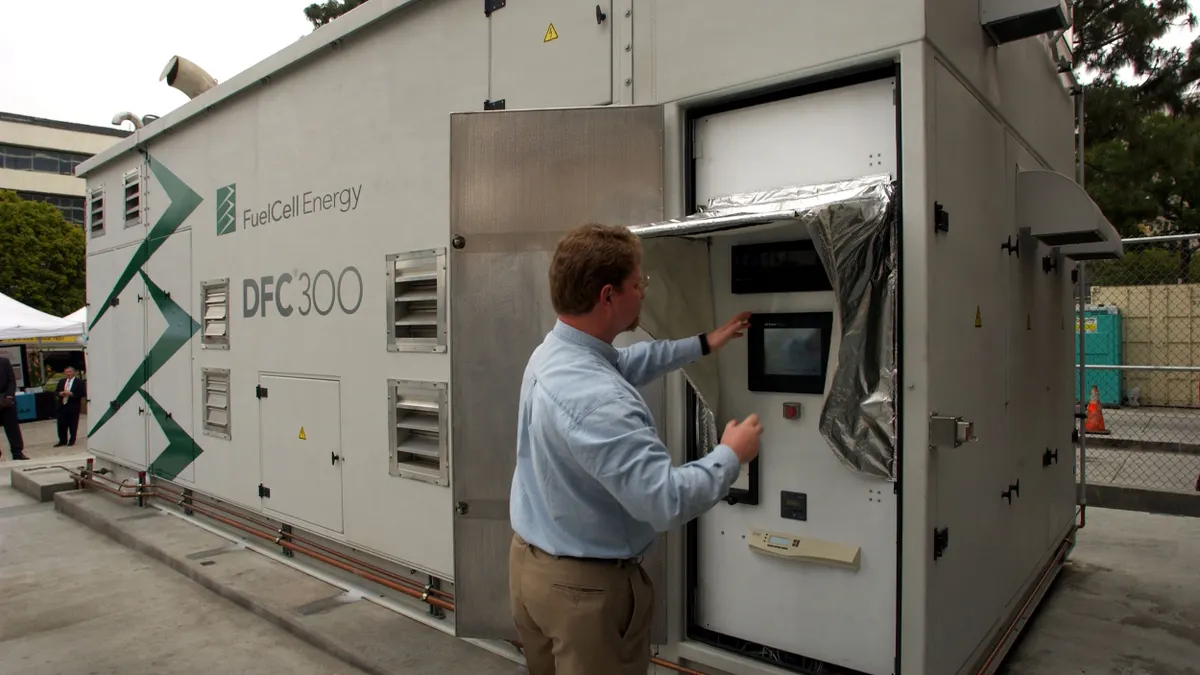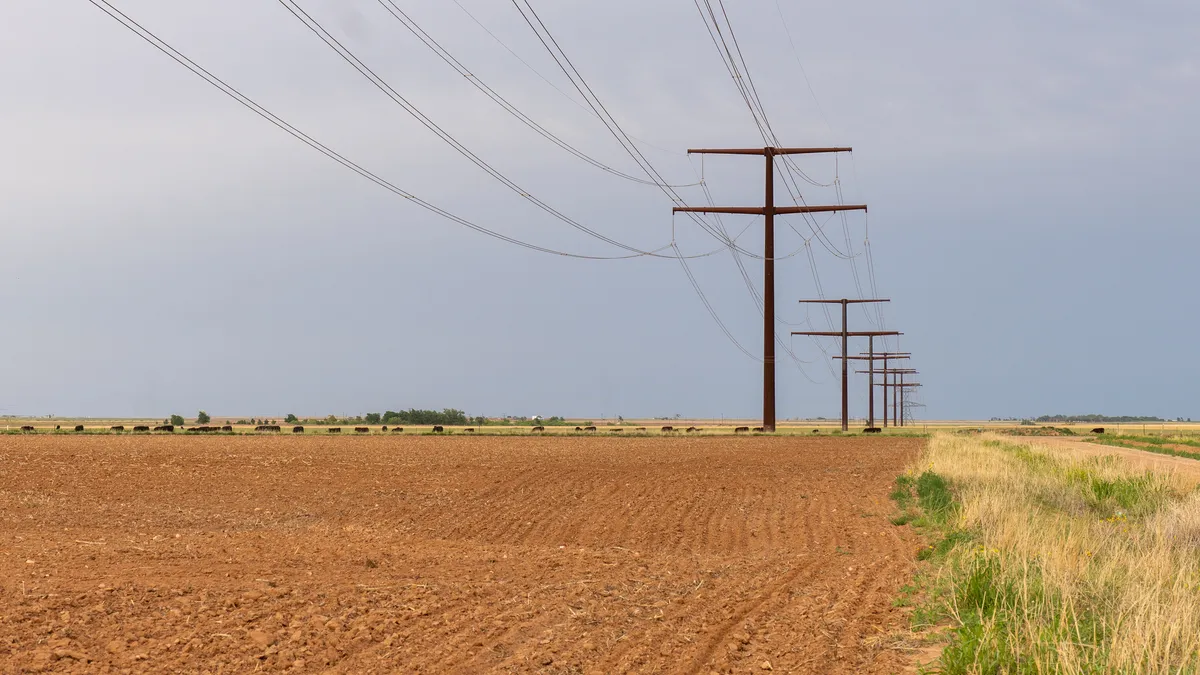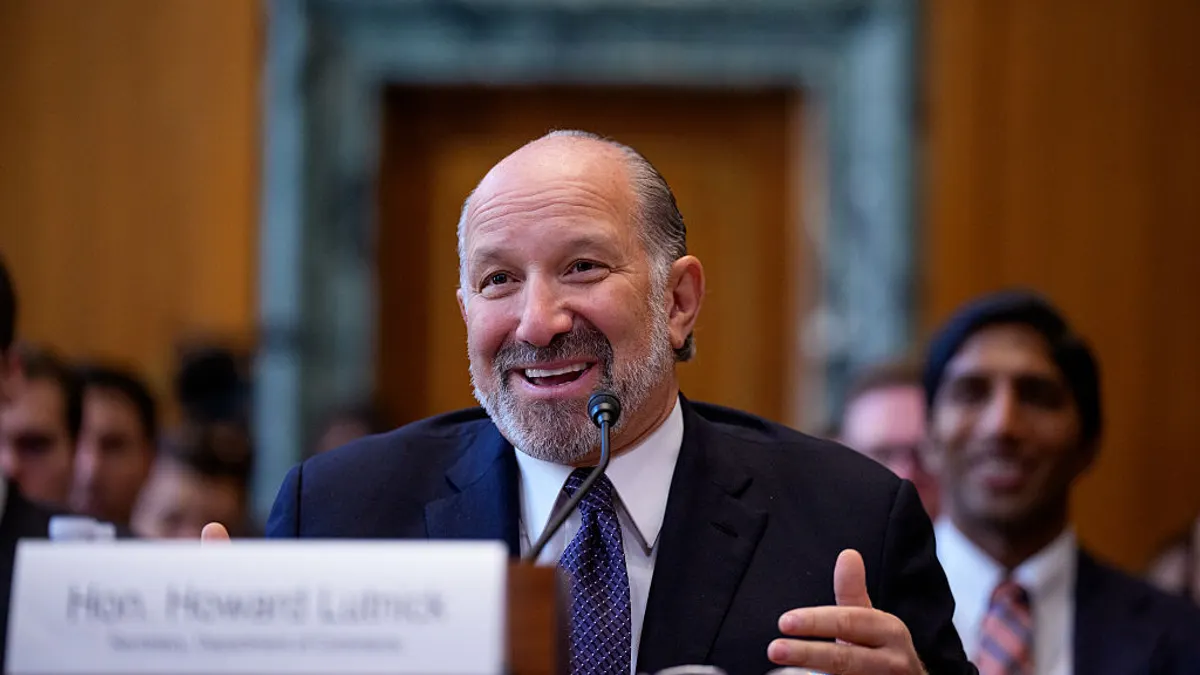Dominion Virginia Power will use a $46.7 milllion Department of Energy award to build and prove two six-megawatt Alstom wind turbines twenty four miles off Virginia Beach. This small addition to Dominion’s 23,600 megawatt generation portfolio makes it the first U.S. utility to follow European energy giants like Dong, Vattenfall, and E.ON into offshore wind.
The other DOE awardees were Fishermen’s Energy, which will build two five-megawatt turbines just off the coast of Atlantic City, New Jersey, and Principle Power, which will build five six-megawatt floating wind turbines fifteen miles off Oregon’s coast in 1,000 foot deep waters. Each project now has a year to deliver an approved final design, full permitting, and an offtake agreement.
The success of Dominion’s Virginia Offshore Wind Technology Advancement Project (VOWTAP) suggests U.S. offshore wind is ready to grow.
“It’s a policy and business decision for each utility,” explained Dominion spokesperson David Botkins. “We’ve decided to pursue it through a demonstration project that will allow us to learn more about the engineering complexities.”
“Their intent is genuine,” said Southeastern Coastal Wind Coalition President Brian O’Hara. “It makes sense for them to take a conservative approach and do a demonstration project before taking on a large scale project. But this business model, building and owning and rate basing generation, is familiar for a large, vertically integrated IOU.”
With international construction giant KBR handling the engineering, procurement, and construction Dominion should have no surprises with design and permitting, though offtake could be a question.
“A key challenge for Dominion, and all the projects, will be cost,” said DNV GL’s Offshore Commercial Lead Michael Drunsic. “The price will have to be approved by regulators and, in Virginia, power prices are relatively low.” But Hampton Road has maritime resources Dominion can leverage to keep construction costs down, Drunsic added.
An EIA report, O’Hara said, shows offshore wind construction costs in Virginia will be significantly lower than most places in the U.S., making the offtake price more affordable.
“Offshore wind is in the interest of Dominion’s ratepayers because its long term price stability is a hedge against fossil price volatility, it provides kilowatt-hours at peak demand, and it is one of this region’s few options for emissions-free energy at scale,” O’Hara said. “The regulators will get this.”
New Jersey’s regulators did not.
“The Fishermen’s Energy project has everything lined up, permits, design work, studies,” Drunsic said. It also has financial backing from Chinese turbine manufacturer XEMC New Energy, the project’s majority shareholder. “If they can get past the offtake challenge, they appear to be in prime shape to move faster into construction than the other projects.”
The New Jersey Board of Public Utilities last month made the project’s electricity ineligible for state offshore renewable energy credits (ORECs), preventing New Jersey’s utilities from being offtakers.
The BPU decided the project’s estimated price for electricity without DOE money, $0.263 per kilowatt-hour, was a bad deal for New Jersey ratepayers. With the award, the project could likely sell its electricity at a more competitive $0.199 per kilowatt-hour.
The BPU refused to delay the ruling until the DOE announced, and it may decline to revisit it. Insiders say that is tied to Governor Christie’s candidacy for the Republican Presidential nomination. If he runs, his party’s right wing could reject him for supporting renewable energy.
DOE hopes the new funding will change regulators’ position, Wind and Water Program Director Jose Zayas said recently.
Principle Power’s technology is both the most innovative and proven of the three winners. Its Windfloat, with a Siemens 2.3 megawatt turbine, has been sending electricity to Portugal’s grid from off its Atlantic coast since 2011.
An agreement with seasoned developer Deepwater Wind, announced immediately after the DOE award, will strength its bid. Deepwater’s team has built offshore wind in Europe, done permitting and pre-development in New York, New England, and Oregon, and its 30 megawatt Block Island project off Rhode Island is in pre-construction.
"But the offtake agreement remains a big question,” Drunsic said, “because, like Virginia, Oregon’s power prices are quite low so developers will have to work to be competitive.”
There is offshore wind development activity in at least 14 U.S. states, according to Navigant Energy Practice Director Bruce Hamilton. Europe has seven gigawatts installed and a three year, three gigawatt pipeline despite subsidies ramping down, because the industry is maturing.
China has 390 megawatts of offshore wind and an official target of 30,000 megawatts by 2020, according to Hamilton. Japan has two prototype two megawatt floating turbines in operation and Mitsubishi is planning a seven megawatt prototype.
“For U.S. development, we need is a broader definition of offshore wind’s value, including its peak demand service,” Tetra Tech Regulatory Affairs Director Michael D. Ernst said.
A Charles River Associates study for Cape Wind documented offshore wind’s potential to save New England ratepayers $7 billion over the project’s life through servicing of peak winter and summer demand.
“The DOE funds inject almost $150 million in federal dollars and a greater amount in private investment," Drunsic said. That means real economic opportunities. But the lack of a long term U.S. energy policy is a real challenge. "That’s especially true for offshore wind because project development can take ten years, certainly much longer than the outlook for current federal policy,” he said.






















